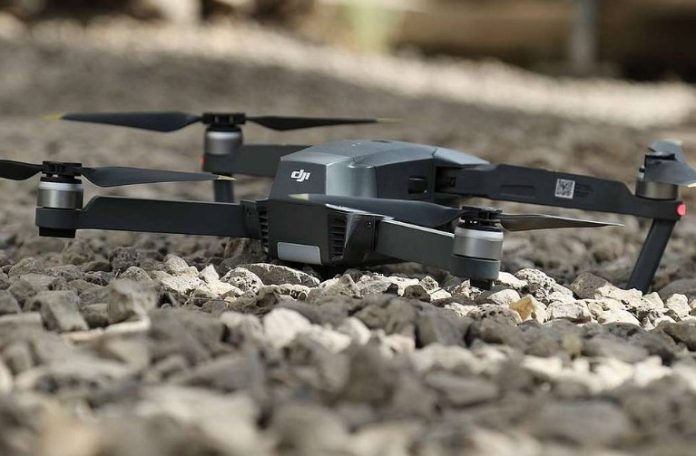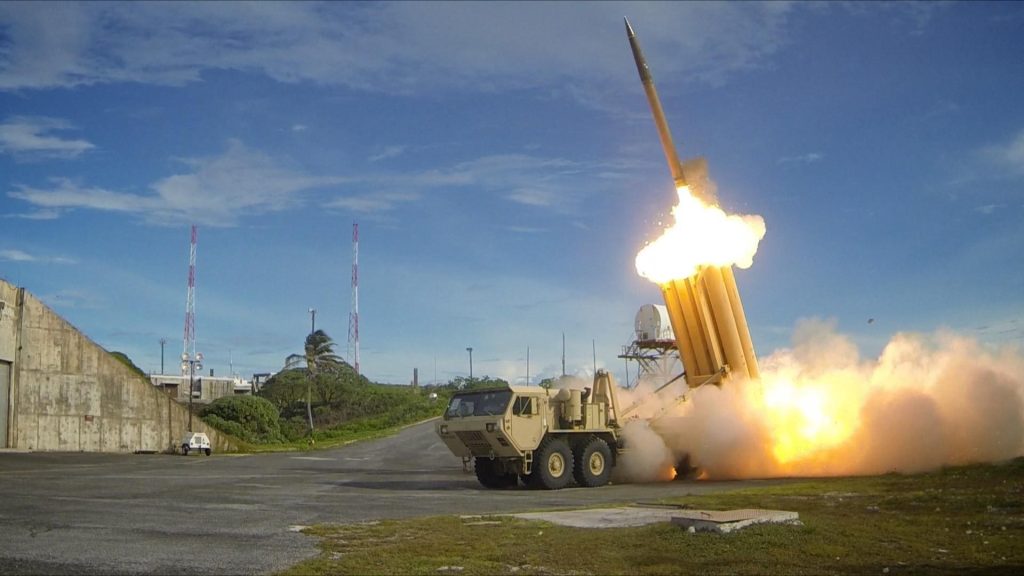
The Pentagon’s most lethal blind spot is not a stealth fighter or hypersonic missile it’s the $20,000 kamikaze drone. While the United States is perfecting billion-dollar weapons systems, Russia and China are producing tens of thousands of cheap, long-range attack drones that can saturate defenses and drain missile inventories. The imbalance is no longer theoretical; it’s already transforming battlefields from Ukraine to the South China Sea.
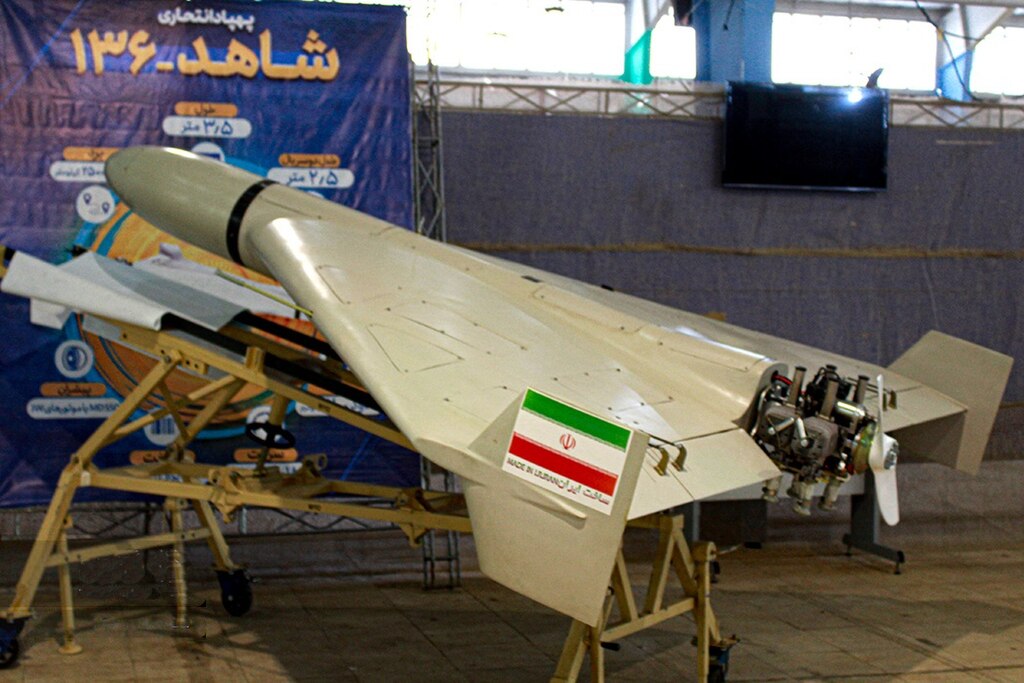
1. The Shahed-136: Master Plan for Mass-Produced Threats
Iran’s Shahed-136, mass-produced in Russia as the Geran, has become the model for low-cost, long-range one-way attack munitions. The delta-wing planform is 3.5 meters in length, with an 8-foot wingspan, and carries a 50–100 pound warhead up to 1,000 miles at light aircraft speed with a rudimentary internal combustion engine. Its navigation is GNSS- and inertial-guided, with an error rate of 50–100 meters crude by high-end standards but acceptable for area targets. It costs an estimated $20,000 per unit, a fraction of a cruise missile, and can be used in swarms to overload defenses.
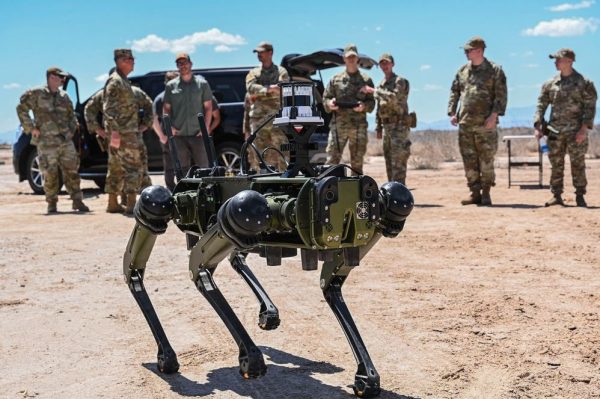
2. Russia and China’s Industrial Advantage
Russia is likely to churn out more than 50,000 Shahed variants in 2026, continually changing designs at low cost and high risk. China’s strategy is even more expansive: using its commercial drone market dominance 70% global market share and Military-Civil Fusion policy to transform civilian platforms into military ones. Beijing’s 2024 purchase of one million one-way attack drones to be delivered by 2026 means business to saturate U.S. and allied defenses in any Taiwan contingency.
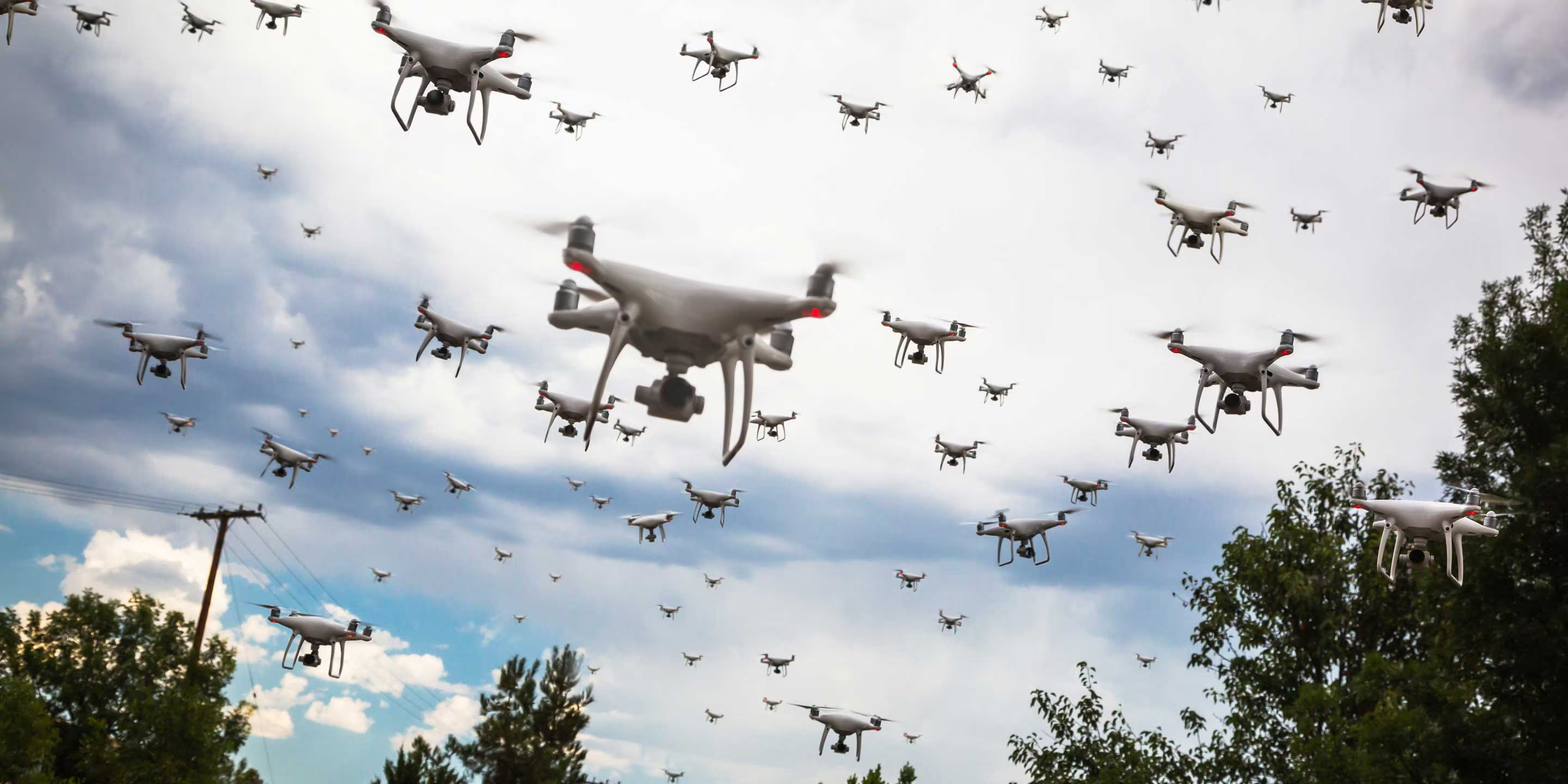
3. Swarm Warfare and AI
China is developing AI-facilitated swarm control, allowing drones to exchange targeting information and modify tactics independently. This leverages lessons from the battlefield in Ukraine’s Operation Spiderweb, when AI enabled drones to finish their mission despite jamming. Mesh networks facilitated by AI and GPS-free autonomous navigation may render future swarms much more resistant to electronic warfare, making it harder for the U.S. to counter.
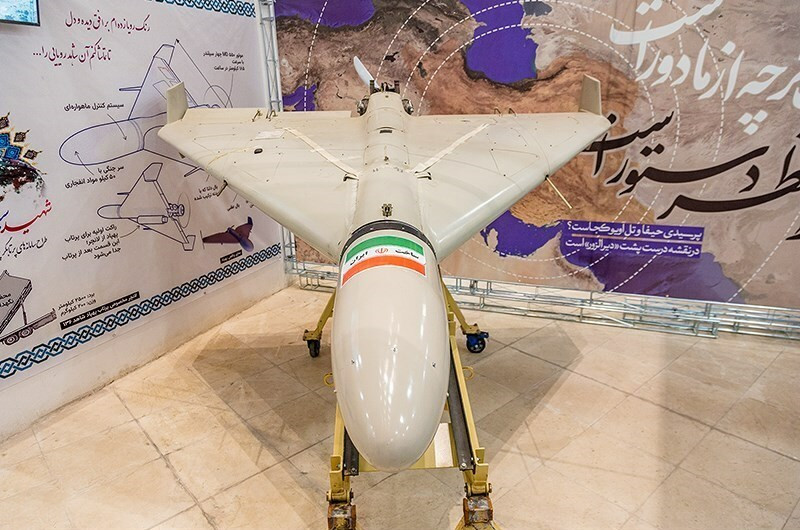
4. The Cost-Exchange Crisis
A single Shahed-136 costs around $20,000. Intercepting it may require a missile worth $3 million. In Israel’s April 2024 defense against 170 incoming drones, interception only worked through a multi-layer system Arrow, David’s Sling, Iron Dome supported by U.S., British, French, and Jordanian assets. Such activities cannot be sustained in protracted conflicts, particularly by countries with modest defense budgets. Swarm attacks are aimed to exhaust costly interceptors, providing windows of opportunity for follow-on missile attacks.
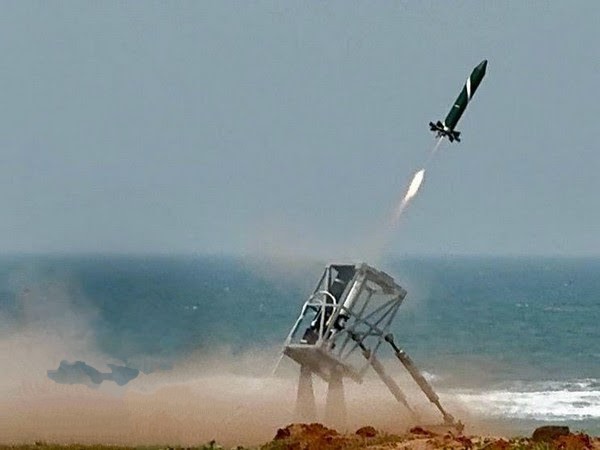
5. U.S. Procurement Bottlenecks
The Department of Defense’s acquisition framework continues to be geared towards Major Defense Acquisition Programs (MDAPs) spanning a decade. Initiatives such as the Adaptive Acquisition Framework have failed to provide the tempo required for attritable drone production. The consequence: the U.S. does not have its Shahed-136 equivalent in mass production, and counter-drone technologies are still small in scale.
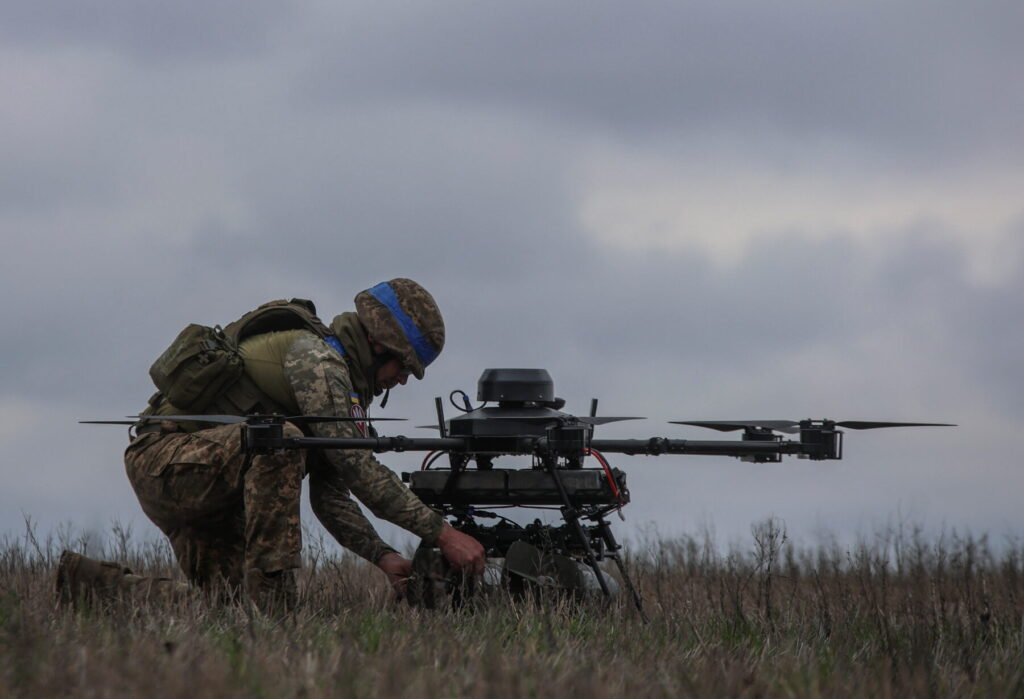
6. Ukraine’s Wartime Innovation Lessons
Ukraine circumvented its inherited defense industry through establishing a parallel “commercial-first” acquisition track for unmanned vehicles. This involved decentralizing funding to frontline troops, employing streamlined digital acquisition, and farming out early-stage R&D to private companies. Result: capability cycles condensed from 11 years to mere 6 months for disposable drones. This paradigm facilitated fast iteration of FPV and range extenders for strike drones based directly on battlefield feedback.

7. The Argument for Standardized U.S. Designs
There are arguments for two standardized U.S.-owned designs: a ~1,000-mile-range one for back-fitting to ships, trucks, or containers, and a more than 2,000-mile range one for Pacific environments. Intellectual property ownership would enable several manufacturers to compete on assemblies and components, preventing lock-in with vendors and facilitating both prime and small-business production.
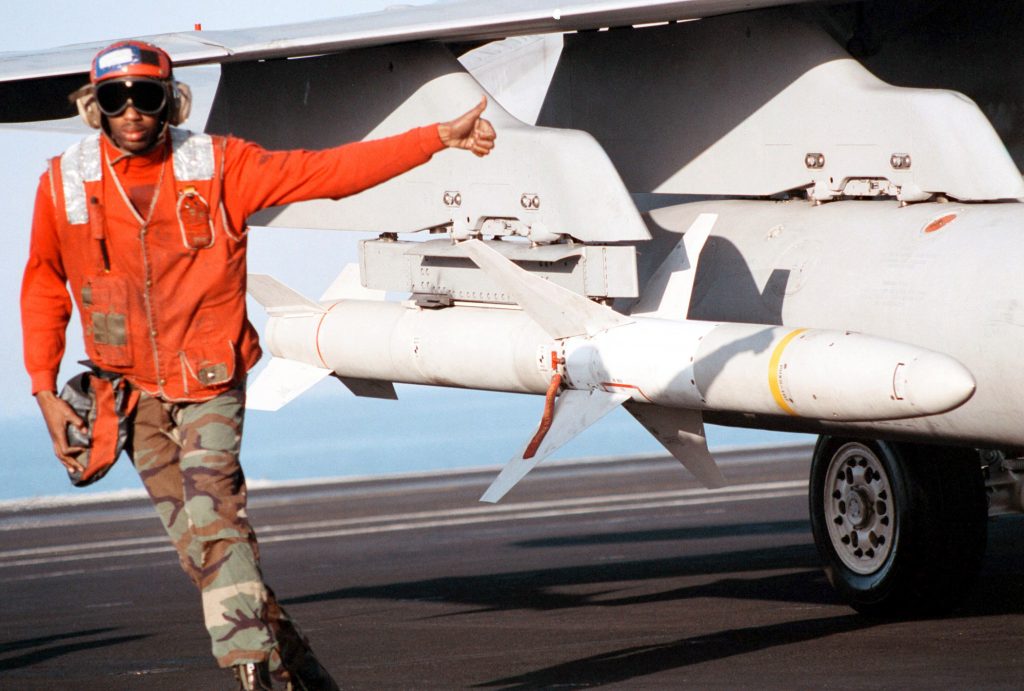
8. Engineering Improvements and Modularity
Possible additions are incorporating advanced GPS for precise targeting or Real-Time Kinematic GNSS for sub-meter precision, better inertial navigation to minimize drift, and payload bays that are modular for anti-radiation seekers, electronic warfare payloads, or AI-guided targeting. Airframes may be standardized to be reconfigurable into strike, decoy, or reconnaissance missions, with swarm networking features added as software inserts.
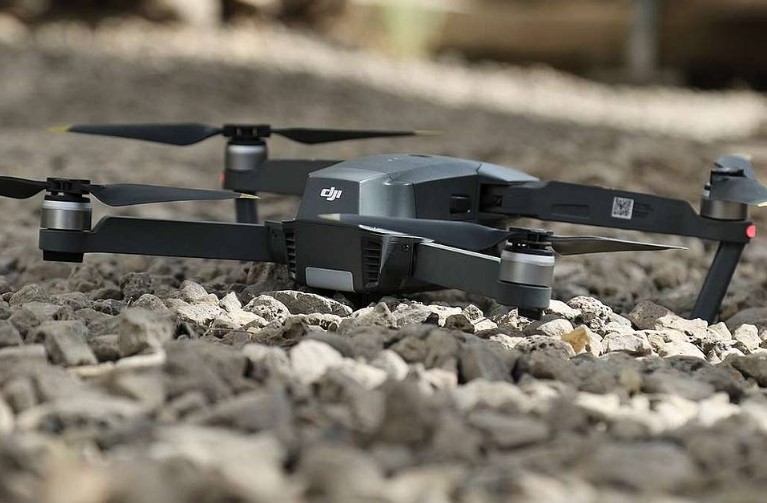
9. Counter-Drone Imperatives
Today’s U.S. counter-drone expenditures of $7.4 billion in FY2025 are biased toward costly kinetic interceptors. Directed-energy and electronic warfare capabilities are under-deployed. A multi-layered defense combining low-cost interceptors, AI-based detection, and point-defense lasers is necessary to manage massed attacks without draining missile stocks.
The United States is at a tipping point. Russia and China are demonstrating that quantity, when coupled with adequate range and flexibility, can balance quality in unmanned systems. Lacking a crash program to mass-produce low-cost, long-range drones and the countermeasures to go with them the U.S. could enter the next big war with a vitally missing link in both offense and defense.
